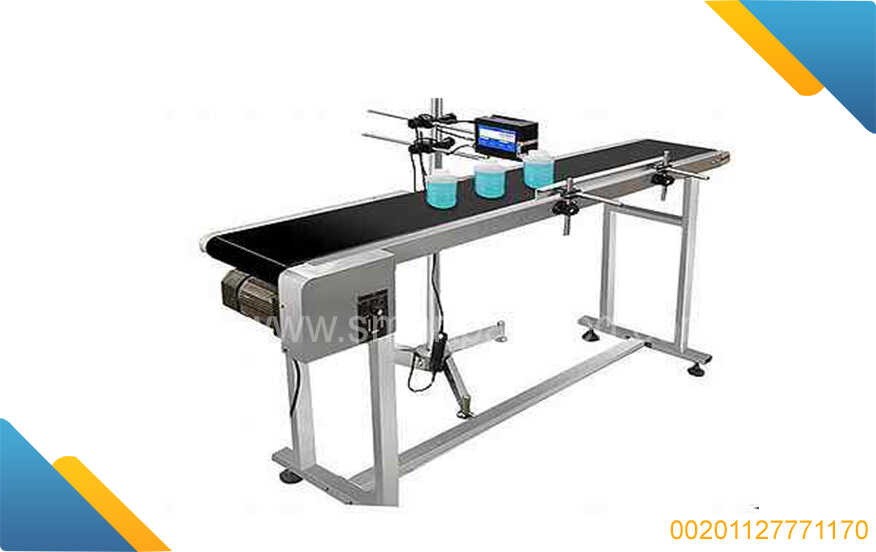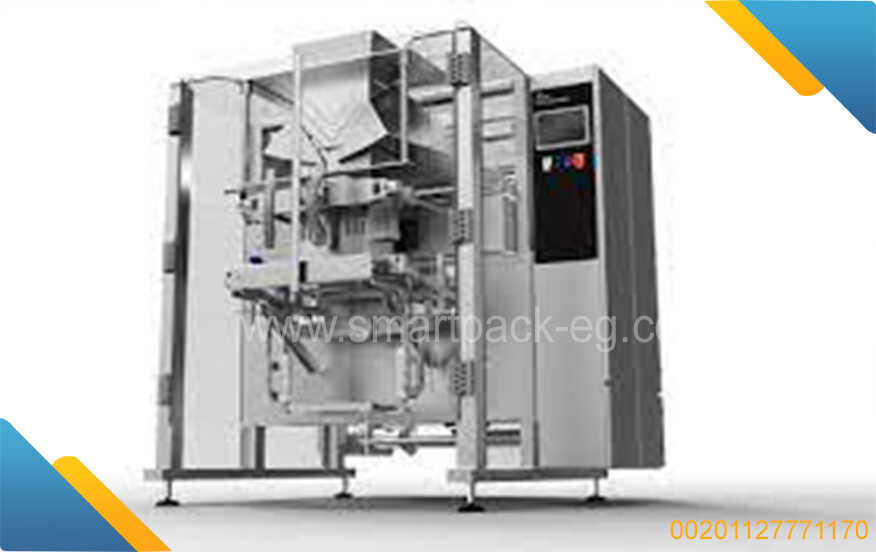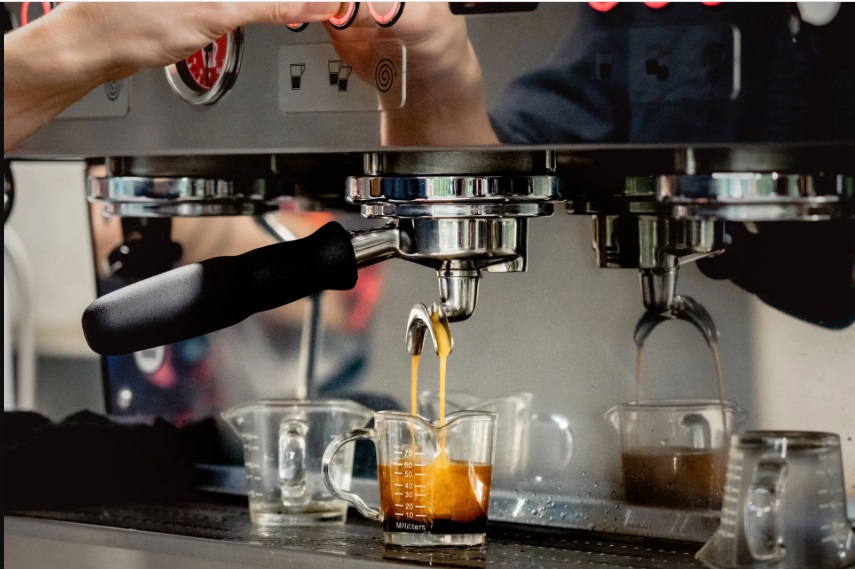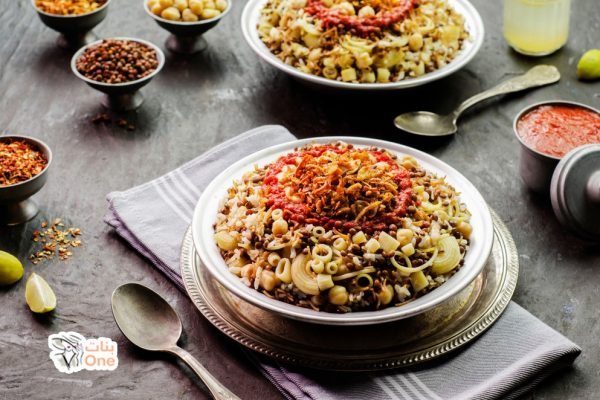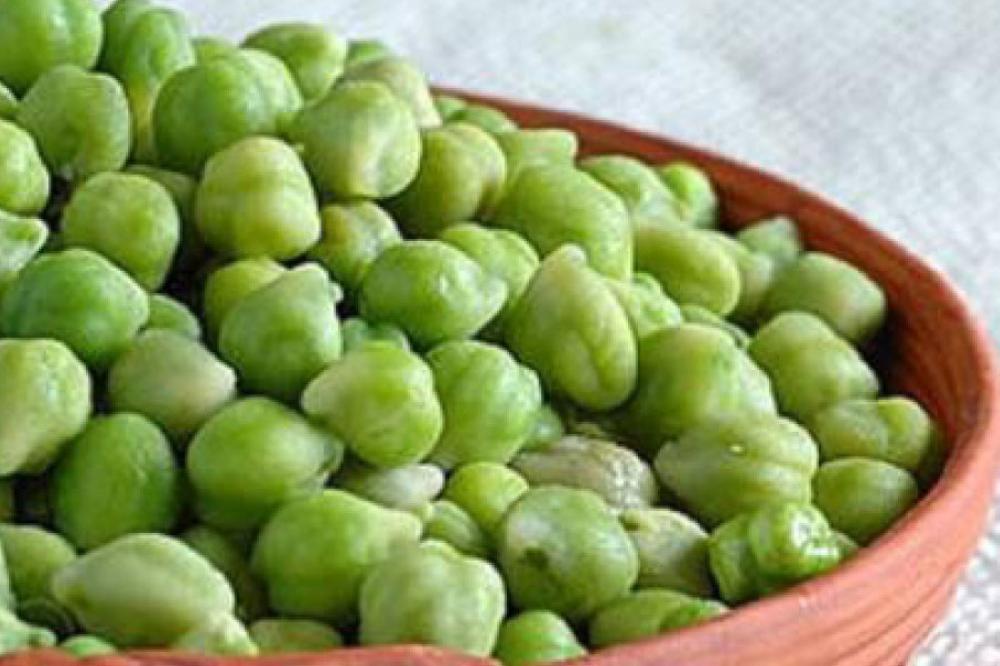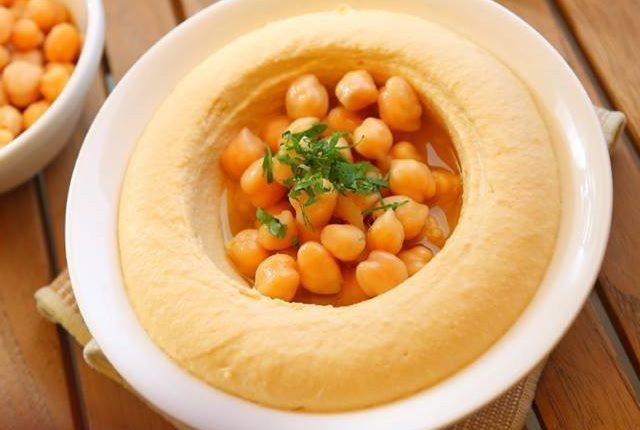Title: A Comprehensive Guide to Manufacturing Plastic Packages and Operating Filling and Wrapping Machines
Introduction:
In today's fast-paced world, the demand for plastic packages continues to grow. Whether it's for food products, personal care items, or household products, plastic packages play a vital role in preserving and protecting goods. Likewise, filling and wrapping machines are essential in automating the packaging process. In this guide, we will delve into the methods of manufacturing plastic packages as well as provide insights on operating filling and wrapping machines effectively.
Table of Contents:
-
Manufacturing Plastic Packages
1.1. Injection Molding
1.2. Blow Molding
1.3. Thermoforming -
Blowing Plastic Packages
2.1. Extrusion Blow Molding
2.2. Stretch Blow Molding -
Filling Machines
3.1. Volumetric Fillers
3.2. Auger Fillers
3.3. Liquid Fillers -
Wrapping Machines
4.1. Shrink Wrap Machines
4.2. Flow Wrap Machines
4.3. Vertical Form Fill Seal (VFFS) Machines -
Manufacturing Plastic Packages:
1.1 Injection Molding:
Injection molding is a widely used method to manufacture plastic packages. This process involves injecting molten plastic into a mold cavity, allowing it to cool and solidify into the desired shape. The molded plastic packages can be customized based on size, shape, and specific requirements.
1.2 Blow Molding:
Blow molding is another commonly employed technique for manufacturing plastic containers, such as bottles and jars. This method utilizes compressed air to inflate molten plastic into a hollow mold, creating the desired package shape.
1.3 Thermoforming:
Thermoforming is an economical method used to manufacture plastic packages with large surface areas. In this process, a plastic sheet is heated, stretched over a mold, and then vacuum-sealed to form the desired shape.
- Blowing Plastic Packages:
2.1 Extrusion Blow Molding:
Extrusion blow molding is a versatile process ideal for producing hollow plastic packages, such as bottles and containers. The method involves extruding molten plastic through a die and simultaneously blowing air into the parison to expand it against the mold walls, yielding the final shape of the package.
2.2 Stretch Blow Molding:
Stretch blow molding is commonly used to manufacture PET bottles for beverages and other liquids. This two-step process involves creating a preform by injection molding, which is then reheated and inflated with compressed air in the blow molding machine to achieve the desired bottle shape and size.
- Filling Machines:
3.1 Volumetric Fillers:
Volumetric fillers are suitable for accurately filling liquid or granular products into plastic packages. These machines employ positive displacement pumps or pistons to measure and dispense a fixed volume of product into containers.
3.2 Auger Fillers:
Auger fillers are ideal for filling dry or powdered products. They employ an auger screw that turns within a hopper, precisely measuring and dispensing the desired quantity of product into plastic packages.
3.3 Liquid Fillers:
Liquid fillers are designed specifically for filling liquid products into plastic packages. These machines utilize various techniques such as gravity filling, piston filling, or vacuum filling to ensure accurate and efficient packaging.
- Wrapping Machines:
4.1 Shrink Wrap Machines:
Shrink wrap machines utilize heat-activated plastic film to tightly wrap products and create a protective seal. With the application of heat, the film shrinks around the packaged product, providing enhanced security and protection.
4.2 Flow Wrap Machines:
Flow wrap machines, often used for confectionery or bakery products, wrap products in a continuous film flow. The product is placed on a film sheet, and the machine seals and cuts the film around the product, creating a secure package.
4.3 Vertical Form Fill Seal (VFFS) Machines:
VFFS machines are widely used for packaging dry and solid products. These machines form plastic bags from flat film rolls, fill them with the desired product, and then seal the bags, ensuring proper packaging and extended shelf life.
Conclusion:
Manufacturing plastic packages and operating filling and wrapping machines require a thorough understanding of the chosen method and equipment. By implementing the information provided in this guide, you can ensure efficient production and superior quality packaging for your products. Always adhere to safety guidelines and seek professional guidance when necessary, as this will contribute to the success of your packaging operations.

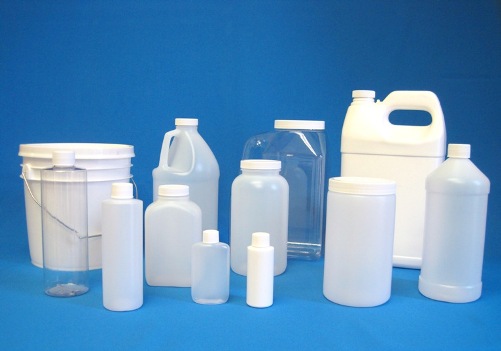
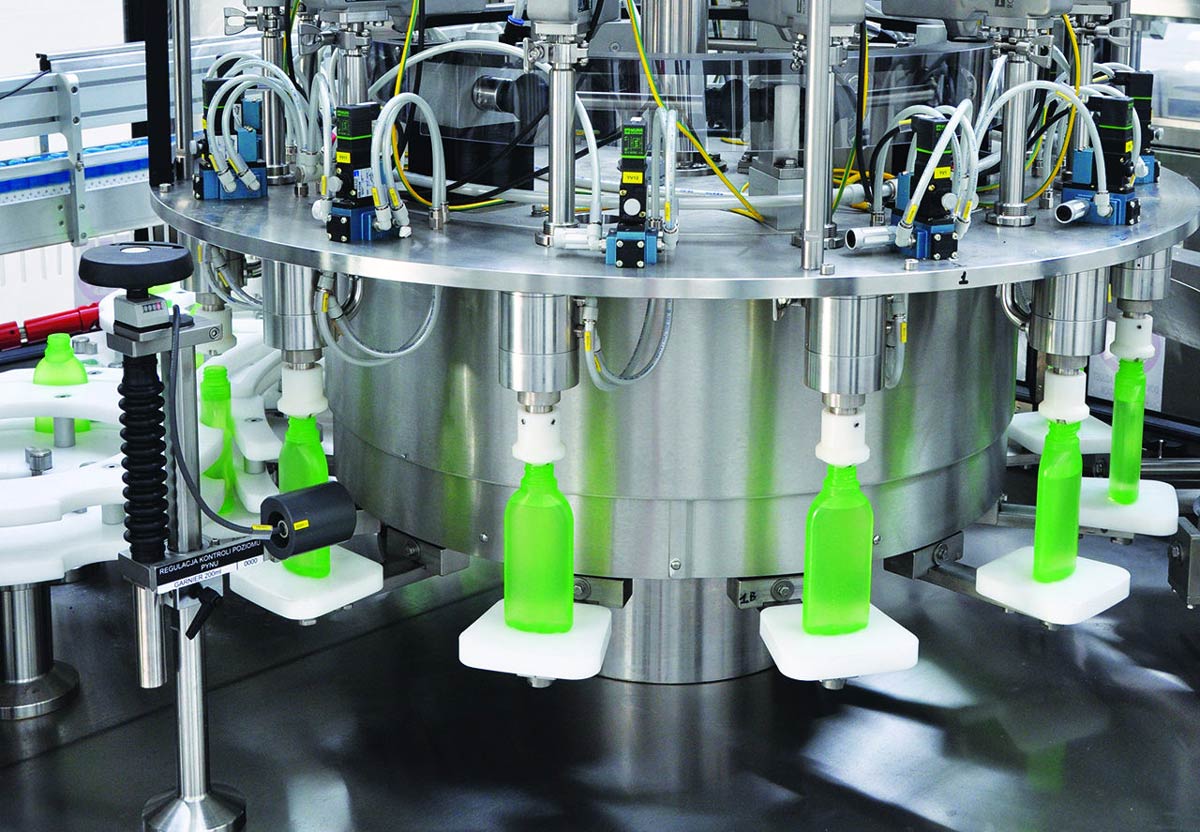
 Admin
Admin 